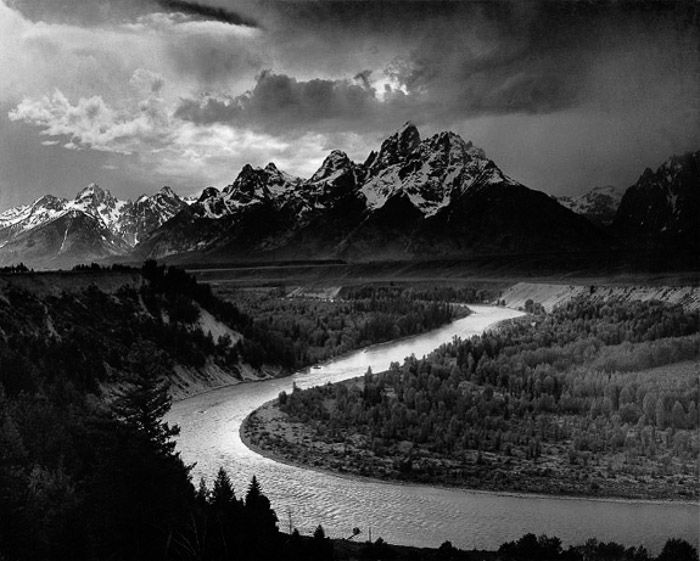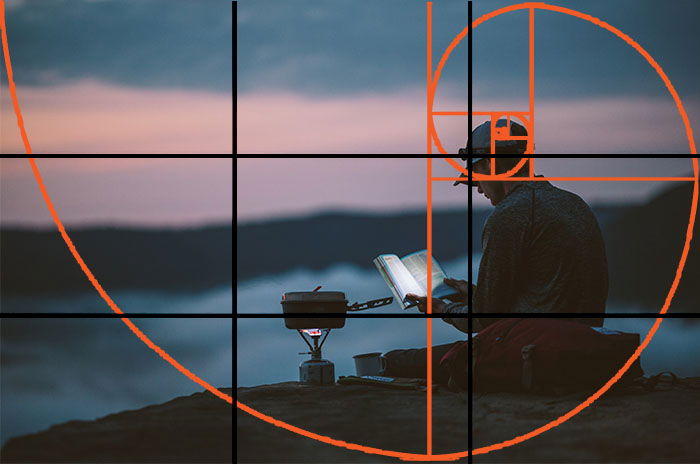How to Use Gestalt Principles in Photography
Gestalt principles are some of the most important concepts in photography. By understanding and using the Gestalt principles in photography, you can create more powerful and evocative images.
The Gestalt principles are a set of rules that help you to see the world in a more holistic way. They teach you how to look at the whole scene, rather than just individual elements. When you apply these principles to your photos, you can create images that are more visually appealing and emotionally resonant.
There are six Gestalt principles: proximity, similarity, closure, symmetry, figure-ground reversal, and principle of Prägnanz. Each one can help you to create better photos. In this article, we will discuss each principle in detail and show you how to apply them to your own work.
Introduction to Using Gestalt Principles in Photography

Thanks to the Gestalt Theory, we can observe this photo of a leaf and understand why it stands out so much.
There are many Gestalt principles in psychology. Not all of them can be applied to photography.
The ones that can, will help you organize elements in your photos in a way that makes them look more appealing.
Before you learn how to use them in your photos, you should know what role they play in psychology:
- Proximity – objects that are close to one another create a sense of familiarity. If you enter a room and see two people sitting together, you might assume that they know each other, even if they’re strangers.
- Closure – even when something is incomplete, the mind can read it as a whole object. This is often used in optical illusions.
- Similarity – objects that have the same color, size, shape, etc., tend to be considered one whole thing. This is similar to proximity. But the objects don’t have to be close together in this case.
- Continuity – when you see a bunch of lines going in one direction, you’ll assume that they keep going in that direction. Even when they leave the frame.
- Segregation – objects are easier to identify when they stand out from their environment.
Why Does the Gestalt Theory Matter?
There are many psychology-related topics that inspire photographers. Why is this specific school of thought so popular?
The Gestalt Theory wasn’t made for artists. It can help you make your photos more appealing.
Many of its principles are related to vision. It can show you how to organize every element in your photo.
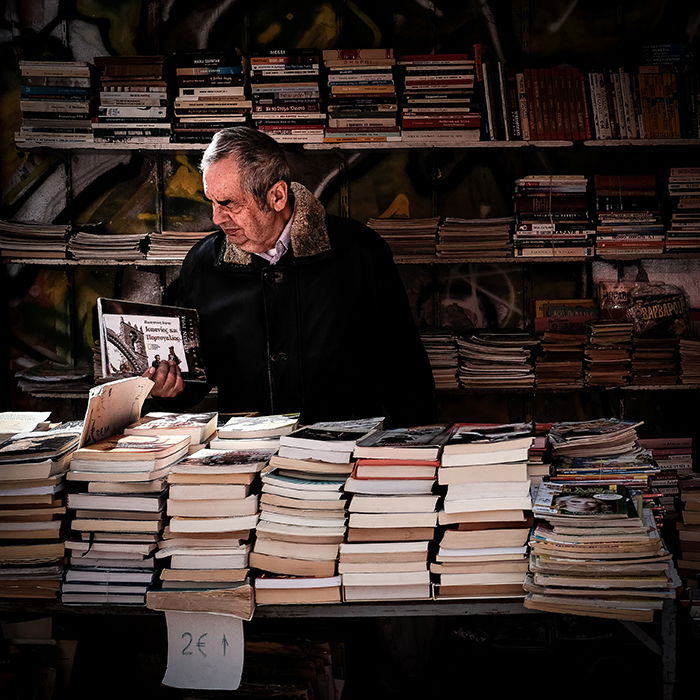
The Gestalt Theory’s Law of Similarity is a great way to create harmony in busy street photos. Because there are so many similar-looking books in this image, the entire composition is easy to look at.
The more organised your compositions are, the easier it will be to look at them. And the harder it will be for you to take unflattering photos.
Street photographers might use the Law of Similarity to turn busy compositions into beautiful street photos. Portrait photographers might use the Law of Proximity to make their models look like they belong together.
Let’s look at how you can use these principles to make your photos stand out.
How to Use Gestalt Theory in Your Photos
Use the Law of Proximity to Create a Sense of Familiarity
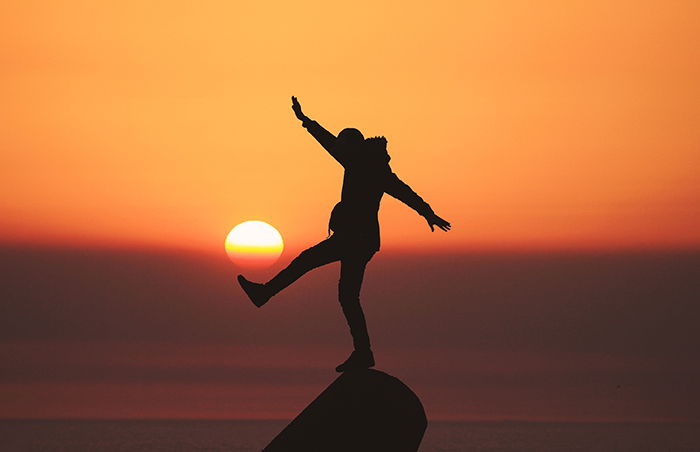
You can use the Gestalt Theory to create humorous photographs like this. Make sure your aperture is small so that the background subject is in focus. A small aperture is the equivalent of a large f-number, such as f/16 or f/22.
The Law of Proximity is all about distance. The closer your subjects are to one another, the easier it will be to think of them as one whole object.
You can place two subjects together to create a sense of warmth. This is important in portrait photography, especially if your models are friends or family members.
To make this look as natural as possible, ask them to hold hands. Or have one of them to lean his or her head on the other.
You can also create fun optical illusions using a small aperture. Even if one of your subjects is far away, you can position it next to another subject. It’ll make it seem like they’re interacting.
The photo above is a great example of this.
Look for Patterns in Your Compositions to Make Your Photos More Visually Appealing

The Law of Similarity is all about patterns. Look for similarities in shape, size, motion, and color. Your aim is to create a harmonious blend of tones and shapes.
You don’t need to focus on every detail in your photo to have a successful shoot. Take the photo above as an example.
The similar colors and shapes make the image stand out, even though the subjects are scattered all over the photograph.
The Law of Similarity is a great tool for street and portrait photographers. If you’re working in a busy environment, you can still take amazing photos by looking for patterns.
Use Closure to Create Optical Illusions
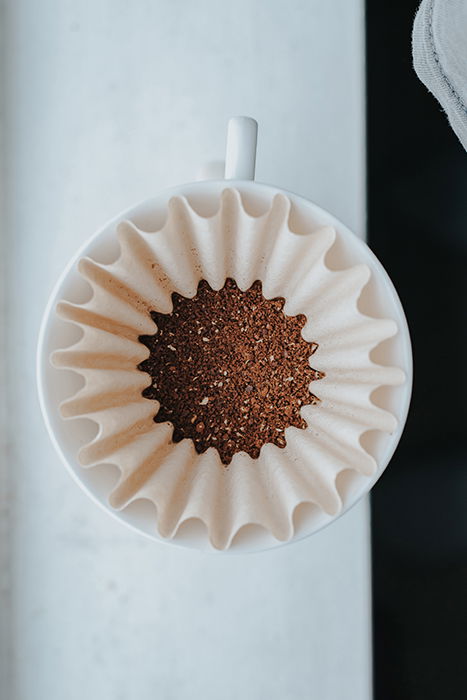
In this photo, the coffee filter is making it seem like the coffee is lying in a beautifully-shaped plate. If this photo were taken from another angle, you’d see that the coffee is simply sitting at the bottom of the cup. The Gestalt Theory makes lots of room for optical illusions like this.
Closure often focuses on creating shapes in non-existent places. If you notice a gap in a photo, your mind might automatically fill it in. This reaction is perfect for fans of optical illusions.
You can play with different angles to create abstract photos out of everyday objects. As you can see in the image above, the photographer used a cup, some coffee, and a filter to create an unusual effect.
Take Photos of Lines to Create a Sense of Continuity
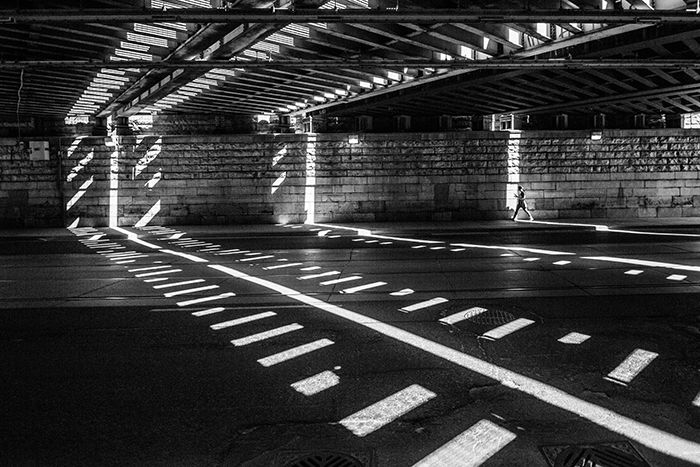
The Gestalt Theory’s Law of Continuity is ideal for landscape and architecture photographers who want to add more depth to their images.
You can look at Continuity as a more specific version of the Law of Similarity. This principle focuses exclusively on lines, especially parallel ones that go in one specific direction.
You can use these lines to create a sense of harmony and continuity. If the lines reach the end of your frame, the mind will assume that they continue on beyond it.
Use Segregation to Make Your Subject Stand Out
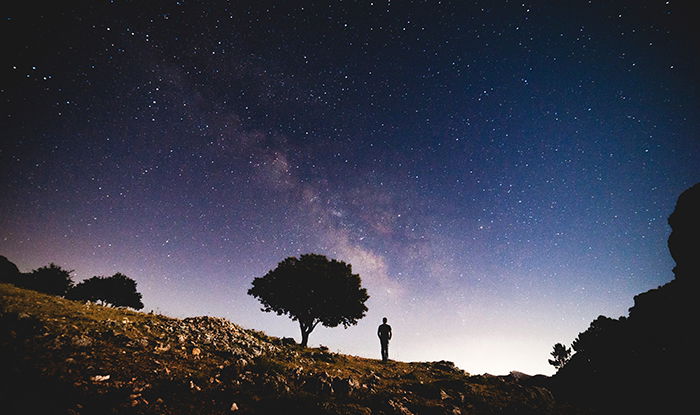
Segregation aims to separate a subject from its background, so your goal is to make your model stand out. This can be done in several ways.
You can use silhouettes, simple backgrounds, and empty spaces to put the spotlight on your subject. Since our eyes tend to fall on things that stand out, this is a great way to emphasise something you care about.
Conclusion
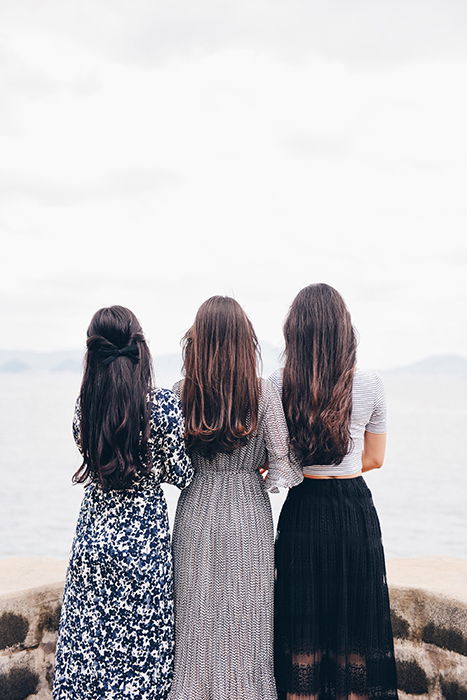
Photography doesn’t always have to focus on art and storytelling. You can go beyond that by embracing different subjects, like psychology, to learn more about photography.
The Gestalt Theory is one of many psychology movements you can use to look at your photos from a different perspective.
Using a few simple principles, you can improve the way you use your camera and create compositions.



